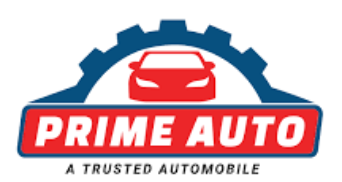When purchasing a car insurance for the first time, the cost is determined by the age and make of the vehicle. Your car’s current market value is IDV or Insured Declared Value.
IDV is essential in car insurance and can benefit the insured*. Let’s learn more about it:
IDV summarised in a formula:
IDV = [(Manufacturer’s listed selling price or Ex-showroom price) + (Sales Tax) + (non-listed selling price accessories – depreciation)] – ((Depreciation + Registration + Insurance))
| AGE OF THE CAR | IDV |
| (0 to 6 Months) | 95% of Ex-Showroom Price |
| 6 Months to 1 Year | 85% |
| 1 Year to 2 Years | 80% |
| 2 Years to 3 Years | 70% |
| 3 Years to 4 Years | 60% |
Understanding the car insurance calculator and calculations of the premiums can be difficult if you have taken out insurance, whether it be comprehensive insurance or third-party insurance. In case of total loss (where the vehicle is no longer capable of operating on the road), constructive total loss (where the total cost of recovery or repair exceeds 75%), or a stolen vehicle, IDV is the maximum amount the company may offer to insure.*
* Standard T&C Apply
How is IDV Determined?
IDV is determined using the brand and model of the car’s manufacturer-listed selling price. The Motor Tariff Act’s standard depreciation rates are then applied to this sum to adjust.
The cost of any non-factory installed extras, such as speakers or a music system, is added to the IDV separately because their value is greater than the car’s purchase price. Since these things must have experienced some wear and tear over time, they adjust for depreciation.
How is the IDV of a car older than five years calculated?
The IDV gets established due to a mutual understanding between the insurer and the insured for vehicles over five years old or outdated car models, that is, models of cars that the manufacturers have stopped producing.
In such a scenario, IDV gets calculated by evaluating the car’s condition rather than considering the depreciation rate.
Why do I need to know the insured declared value of my car?
The Own Damage premium is determined using the IDV of your car because the coverage provided by this insurance is extensive and covers damages resulting from accidents, natural disasters, and man-made calamities. IDV affects the OD premium because of a car’s age-related increase in depreciation rate.
The IDV of a new car is at its highest, but as the vehicle gets older, the depreciation rate keeps rising, lowering the IDV. For instance, an automobile under six months old only depreciates by 5%, whereas a car that is four to five years old depreciates by 50%.
Therefore, if the IDV were higher, the premium would also be higher, and if it were lower, the premium would be lower.
What occurs if you declare an IDV lower or higher than the fair Market Value?
Some of us claim a lower IDV than the fair market value after lowering our car insurance prices. But we should have realised that since the IDV declared was lower; we received a reduced claim amount from the insurer when we filed a claim for total loss or theft.
If the vehicle is entirely damaged or stolen in such an instance, you may have to pay extra out of your pocket to make up for the loss because the car insurance claim is so small. The insurer may consider the age of the vehicle and, consequently, the depreciation rate when calculating your claim if you declare a higher IDV because the claim amount may rise in the event of total damage or theft.
Insurance is the subject matter of solicitation.








Leave a Reply
You must be logged in to post a comment.